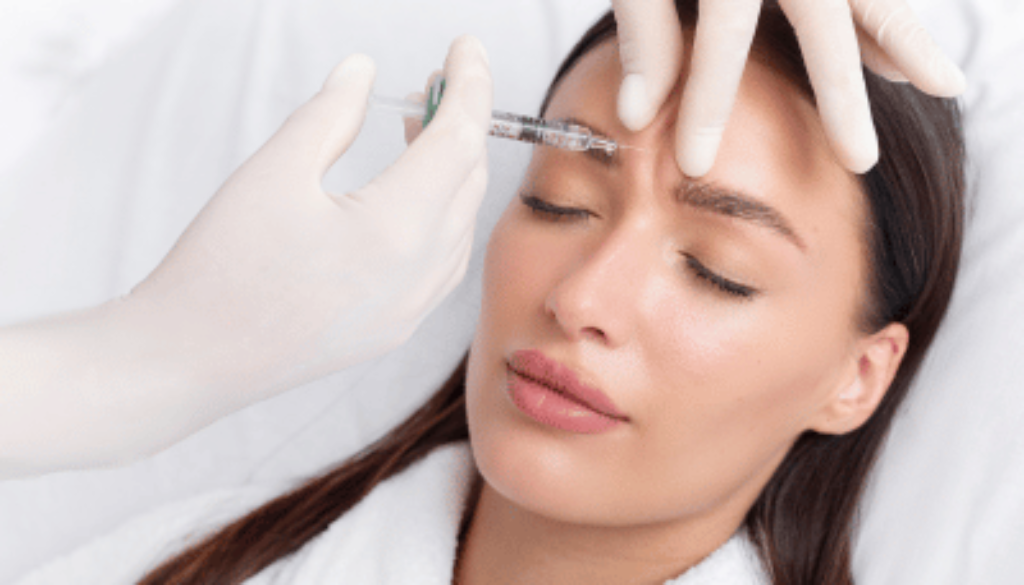Why It’s Better to Use a Qualified Medical Practitioner for Facial Aesthetics
Facial aesthetics, including treatments like Botox, dermal fillers, and skin rejuvenation procedures, have become increasingly popular across the UK. While these treatments are widely available, their growing demand has led to a rise in non-medical providers offering services, often at discounted rates. However, when it comes to your face, safety and results should always come first. Choosing a qualified medical practitioner for facial aesthetics is not just a recommendation—it’s essential. Here’s why.
1. Expertise in Anatomy and Safety
Qualified medical practitioners, such as doctors, dentists, and nurses, have extensive training in human anatomy and physiology. They understand the intricacies of the facial structure, including muscles, blood vessels, and nerves. This knowledge is critical in facial aesthetics, where precision is key.
Incorrect injection placement or improper technique can lead to complications, including asymmetry, infection, or even vascular occlusion, which can cause tissue damage. A qualified medical practitioner minimises these risks by using their expertise to deliver safe, effective treatments.
2. Regulated and Accountable Professionals
Medical practitioners in the UK are regulated by professional bodies such as:
- General Medical Council (GMC) for doctors
- Nursing and Midwifery Council (NMC) for nurses
- General Dental Council (GDC) for dentists
These organisations ensure practitioners meet strict standards of training, ethics, and patient care. Choosing a regulated professional provides peace of mind that your treatment is being carried out by someone qualified and accountable for their actions. Non-medical providers may not be held to the same standards, leaving patients vulnerable to poor practices.
3. Personalised, Holistic Approach
Facial aesthetics is not just about reducing wrinkles or adding volume—it’s about achieving a harmonious, natural look that enhances your unique features. Qualified medical practitioners are trained to assess your face holistically and recommend treatments tailored to your goals and needs.
They can also advise on other factors affecting your skin and facial appearance, such as underlying medical conditions, lifestyle, or skincare. Non-medical providers may lack the comprehensive training needed to offer this level of personalised care.
4. Managing Risks and Complications
Even minimally invasive treatments like Botox and fillers carry some risk of side effects or complications. In rare cases, complications such as allergic reactions, infections, or vascular blockages can occur.
Qualified medical practitioners are equipped to recognise and manage these complications effectively. They are also authorised to prescribe necessary medications, such as hyaluronidase, which is used to dissolve fillers in case of an adverse reaction. Non-medical providers may not have the skills or resources to address complications, putting your safety at risk
5. Achieving Natural-Looking Results
One of the main concerns for patients is achieving a natural look that doesn’t appear “overdone.” Qualified practitioners understand the delicate balance required to enhance your appearance subtly, without compromising your facial expressions or natural beauty.
Their advanced training allows them to use the right amount of product in the right areas to deliver results that align with your aesthetic goals. Inexperienced providers may lack this skill, leading to results that look unnatural or unbalanced.
6. Comprehensive Aftercare
The quality of aftercare is just as important as the treatment itself. Qualified medical practitioners provide detailed aftercare instructions and are available to support you if you have concerns after your procedure. They monitor your progress and can adjust your treatment plan if needed to ensure optimal results.
Non-medical providers may not offer the same level of aftercare, leaving patients without guidance or support in case of complications or dissatisfaction.
7. Long-Term Benefits
Facial aesthetics is often a journey, with patients returning for maintenance or additional treatments over time. Establishing a relationship with a qualified medical practitioner ensures continuity of care, consistent results, and a trusted professional who understands your aesthetic goals.
By choosing a professional, you’re investing in a partnership that prioritises your safety, satisfaction, and long-term wellbeing.
Facial aesthetics treatments are medical procedures that should be performed with skill, precision, and care. By choosing a qualified medical practitioner, you’re ensuring that your treatment is carried out by a trained professional who prioritizes your safety and delivers results you can trust.
In the UK, where regulations are in place to protect patients, it’s essential to do your research and verify that your practitioner is registered with the appropriate governing body. When it comes to your face, don’t settle for less—choose a qualified expert to help you look and feel your best.
If you are looking for someone local, look no further than Thames Valley Aesthetics. Their feedback speaks for itself!

